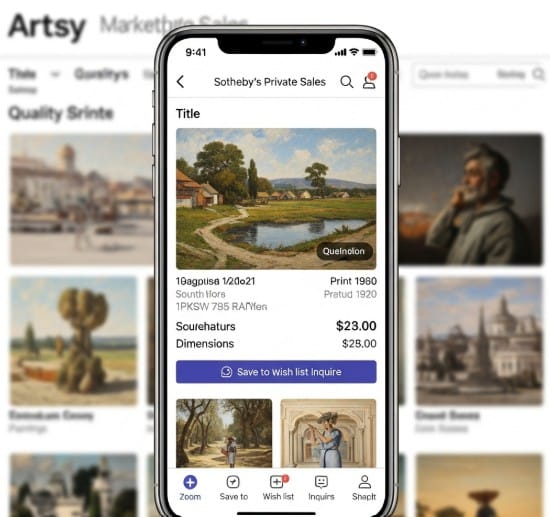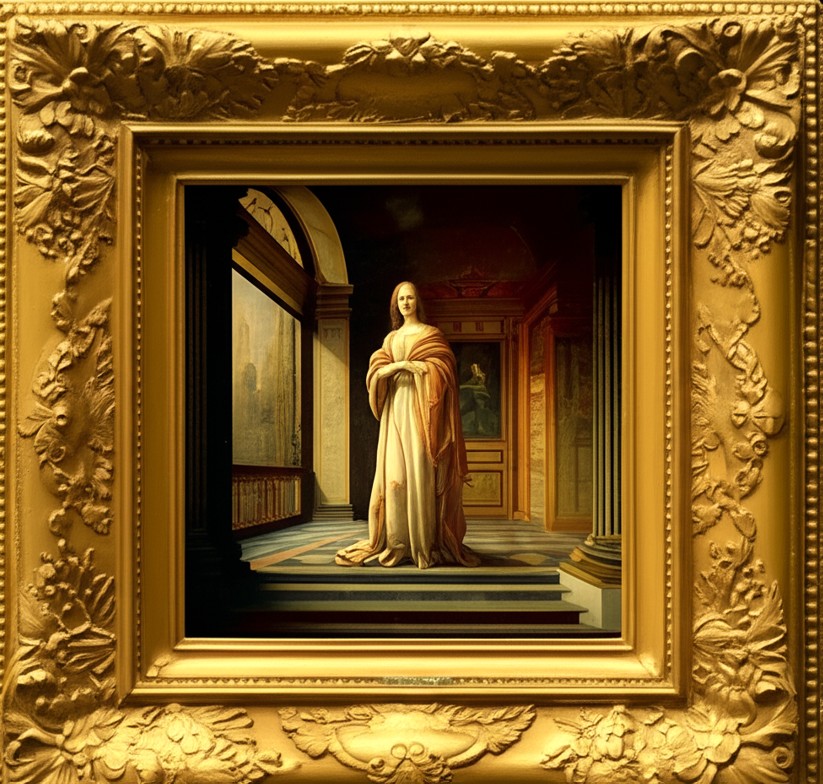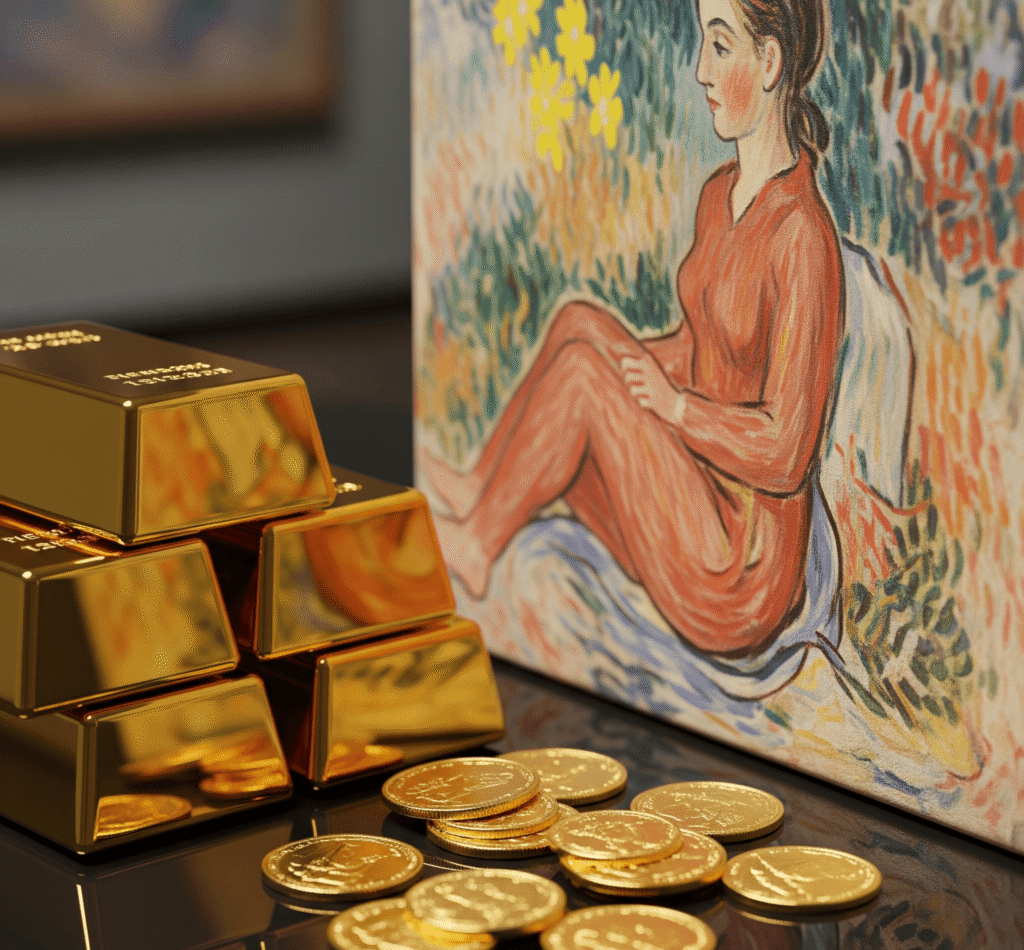Art Auctions vs. Private Sales: Where to Buy High-Value Art
Introduction
When it comes to acquiring high-value art, collectors, investors, and institutions often face a fundamental question: should they buy through an auction house or engage in a private sale? This decision is more than just a matter of preference—it can significantly impact the price paid, the artwork’s provenance, the level of anonymity, and even the buyer’s long-term relationship with the art market. Whether you’re looking to expand your personal collection or make an investment in blue-chip art, understanding the key differences between these two channels is essential.
The focus keyword for this article—high-value art—refers to artworks typically valued in the tens of thousands to millions of dollars. Such pieces often carry historical significance, are tied to famous artists, or represent unique periods in the art world. Navigating their purchase requires a nuanced understanding of how both auctions and private sales operate, the advantages and disadvantages of each, and how they fit within a collector’s broader strategy.

The Mechanics of Art Auctions
Art auctions are public events held by auction houses like Sotheby’s, Christie’s, and Phillips, where artworks are sold to the highest bidder. These auctions can be live, online, or hybrid, and they often generate excitement and media buzz—especially when record-breaking sales are anticipated.
The auction process starts with a catalog that lists the artworks available, including estimates, artist information, provenance, and condition reports. Buyers register in advance, receive bidding paddles, and either attend in person, bid online, or use a phone representative.
One of the most famous recent sales was Leonardo da Vinci’s Salvator Mundi, which sold at Christie’s for over $450 million—an example of how auctions can propel prices into stratospheric levels.
Advantages of Buying Art at Auction
Transparency is a key benefit. Since bids are open and recorded, buyers know what others are willing to pay, helping to determine true market value. Public auctions can also present opportunities to acquire pieces at below-estimate prices, especially if there’s little competition.
Another advantage is the excitement and prestige associated with auctions. Some buyers relish the competitive nature, the chance to make headlines, or to claim ownership of a rare masterpiece in a high-stakes setting.
Moreover, auctions are often well-researched, with extensive documentation, condition reports, and expert authentication. This level of due diligence can offer reassurance, especially for newer collectors who might not yet have extensive networks.
Challenges of Buying at Auction
However, auctions come with challenges. The final sale price includes buyer’s premiums, which can add 15–25% or more to the hammer price. Additionally, bidding wars can quickly push prices well beyond estimates, leading to impulsive purchases.
There’s also limited time for consideration. Buyers typically have a few weeks between the catalog release and the auction date. This compressed timeline may not allow for deep reflection or consultation with advisors.
Finally, once a bid is made, it’s binding. There’s little room for negotiation or returning the artwork if it turns out not to meet expectations.
The Private Sale Alternative
Private sales are direct transactions between a seller and buyer, often facilitated by art dealers, galleries, brokers, or sometimes the artists themselves. These transactions are discreet, personalized, and flexible—qualities that appeal to high-net-worth collectors and institutions alike.
Private sales may take place behind closed doors or through exclusive dealer networks. While less visible than auctions, they make up a significant portion of the global art market. According to the Art Basel and UBS Art Market Report, private sales accounted for nearly half of all art transactions by value in recent years.

Benefits of Private Sales
The most obvious benefit is privacy. Collectors can buy or sell without media attention or public scrutiny. For high-profile buyers and sellers, confidentiality is crucial.
Private sales also allow negotiation. Unlike auctions where the hammer is final, private transactions involve back-and-forth discussions on price, payment terms, framing, shipping, and sometimes even future resale rights.
The process is typically less rushed. Buyers can take their time to evaluate the artwork, consult advisors, verify provenance, and make informed decisions without the time pressure of an auction.
There’s also greater control over curation. Galleries and dealers often specialize in specific artists or movements, allowing them to provide expert insights, access to exclusive works, and curatorial guidance tailored to the collector’s vision.
Limitations of Private Sales
The key drawback is lack of transparency. Because prices are not made public, it’s difficult to assess whether a piece is priced fairly or to compare it against current market benchmarks.
Private sales may also lack the “buzz” or market validation that an auction offers. Public sales help establish an artist’s market value, which can be useful for future resale or investment tracking.
In addition, while private sales can involve due diligence, they may not come with the same level of institutional vetting as major auction houses provide. Collectors must ensure they work with reputable intermediaries to avoid issues related to provenance or authenticity.
Factors to Consider Before Choosing a Buying Channel
Choosing between auction and private sale depends on your goals, budget, risk tolerance, and collecting strategy. Here are a few key considerations:
- Budget and Fees: Auctions have buyer’s premiums; private sales may be more flexible but less standardized.
- Urgency: If you’re looking to acquire a specific piece quickly, private sales may offer faster, more targeted options.
- Privacy Needs: If discretion is important, private sales are preferable.
- Investment Mindset: If you want public market validation and resale potential, auctions offer transparency and visibility.
- Access to Networks: Seasoned collectors with strong dealer relationships might get better deals through private sales.
- Emotional Factors: The adrenaline of a bidding war or the satisfaction of a slow, deliberate purchase both appeal to different types of buyers.
Hybrid Approaches in the Modern Market
Interestingly, the line between auctions and private sales is blurring. Major auction houses now have dedicated private sale departments. For example, Sotheby’s Private Sales division allows collectors to buy outside the auction calendar while still leveraging the auction house’s expertise and networks.
Similarly, galleries are becoming more transparent and even host online viewings with listed prices—borrowing from the auction model’s openness.
Digital platforms like Artsy and Artnet are also changing the game by offering auction-like transparency with the convenience of private buying. These hybrid platforms let collectors browse, inquire, and buy with fewer barriers than traditional sales channels.

How to Build a Strategy for Acquiring High-Value Art
Regardless of the channel, building a successful strategy for acquiring high-value art involves research, relationship-building, and professional guidance. Here’s a practical approach:
- Define your goals – Are you collecting for passion, investment, or both?
- Do your homework – Study artists, their markets, recent sales, and exhibition history.
- Consult professionals – Art advisors, curators, and legal experts can help navigate deals.
- Verify provenance and authenticity – Especially in private sales, documentation is key.
- Balance public and private – Leverage both channels to diversify and discover new opportunities.
- Stay patient and discerning – High-value art is as much about timing as it is about taste.
For more on identifying valuable artwork and buying strategies, explore our curated collections and insights at ISKUSS.
For a deeper dive into the global art market, refer to the Art Basel & UBS Art Market Report.
Final Thoughts: Choosing What’s Right for You
In the world of high-value art, both auctions and private sales offer distinct advantages and challenges. The right choice depends on your preferences for transparency, negotiation, privacy, and investment. Savvy collectors often use a mix of both to balance risk, discover hidden gems, and maximize value.
Whether you’re chasing the thrill of the auction room or the quiet elegance of a private gallery, the key is to stay informed, build relationships, and collect with confidence. Art is not only a financial asset—it’s a cultural investment and a reflection of your identity.

